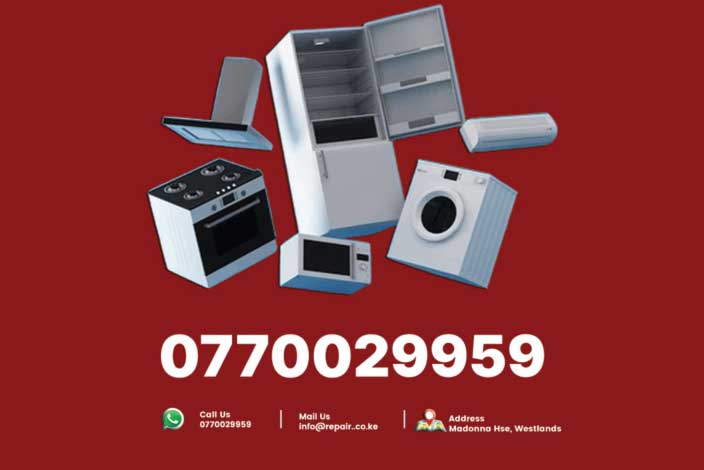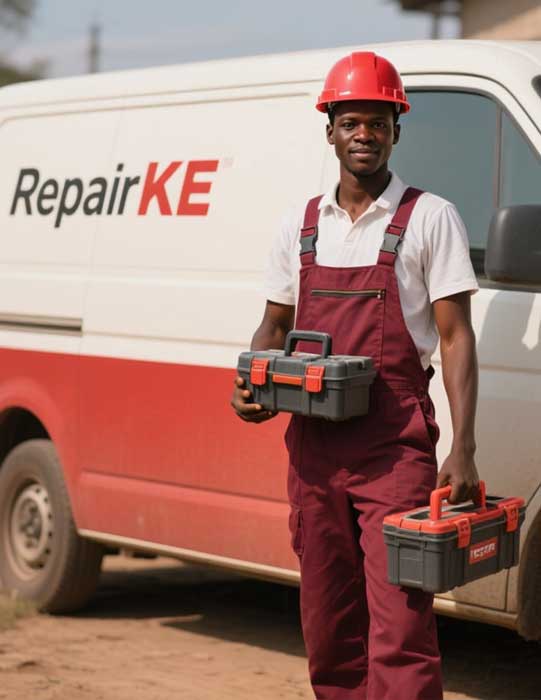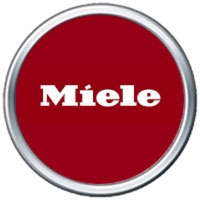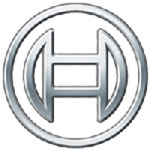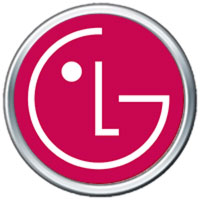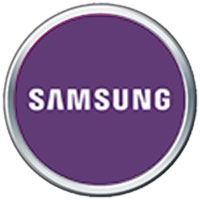Commercial washing machines, how they look & function
Commercial washing machines are different from home washing machines. They are built for heavy use in businesses like laundromats, hotels, and hospitals. These machines are larger, stronger, and designed to handle many loads every day. They wash clothes faster and can clean bigger items like blankets and uniforms.
Appearance of commercial washing machines
Commercial washing machines are big and sturdy. Most are made of stainless steel. This material resists rust and lasts long. The machines have a boxy shape with a large door on the front or top. Front-load models are common in laundromats. Top-load models are sometimes used in smaller businesses.
The door is usually glass or transparent plastic. This lets users see the clothes inside. The door has a strong lock to prevent opening during a wash cycle. The control panel is on the front or top. It has buttons, dials, or a digital display. Some modern machines have touchscreens.
These machines are often silver or grey. Some have bright colors like red or blue to attract customers in laundromats. They are taller and wider than home machines. A typical commercial washer is about 1 meter tall and 0.8 meters wide. They weigh more too, often over 100 kilograms.
Many machines are stackable. This means two machines can be placed on top of each other to save space. Stackable models are popular in small laundromats. Some machines have wheels for easy moving. Others are bolted to the floor for stability.
Main parts of commercial washing machines
Commercial washing machines have several key parts. The drum is the main part where clothes go. It is large and made of stainless steel. The drum spins to clean clothes. It has holes to let water and soap move through.
The motor powers the drum. It is stronger than motors in home machines. The motor can spin the drum at high speeds, up to 1,200 rotations per minute. This removes more water from clothes, so they dry faster.
The control panel runs the machine. It lets users choose wash cycles, water temperature, and spin speed. Some machines have programmable controls. This means owners can set custom wash programs for different fabrics.
The water inlet valve controls water flow into the machine. It connects to hot and cold water pipes. The valve opens to fill the drum with water. The drain pump removes dirty water after washing. It is powerful to handle large amounts of water quickly.
The detergent dispenser holds soap, softener, and bleach. It releases these at the right time during the wash cycle. Some machines have automatic dispensers. These add the exact amount of detergent needed.
How commercial washing machines work
Commercial washing machines clean clothes in steps. First, the user loads clothes into the drum. They add detergent to the dispenser or directly into the drum. Then, they select a wash cycle on the control panel.
The machine starts by filling the drum with water. The water inlet valve opens to let water in. The machine mixes hot and cold water to reach the chosen temperature. Some cycles use only cold water to save energy.
Next, the drum rotates. This moves the clothes through the water and soap. The rotation is called agitation. It helps remove dirt and stains. The drum may spin slowly or change direction to clean better.
After washing, the machine drains the dirty water. The drain pump pushes water out through a hose. The machine may rinse the clothes one or two times. Each rinse uses clean water to remove soap.
Then, the drum spins very fast. This is called the spin cycle. It removes water from the clothes. The high speed pushes water out through the holes in the drum. Clothes come out almost dry.
Special features
Commercial washing machines have features for businesses. Many have coin or card payment systems. Users pay to start the machine. This is common in laundromats. Some machines connect to apps. Users can check if a machine is free or pay with their phone.
These machines are energy-efficient. They use less water and electricity than older models. Some have eco-friendly cycles. These cycles use cold water and shorter wash times.
The machines are built to last. They can handle 10 to 15 loads per day. Home machines handle only one or two loads. Commercial washers have stronger parts to avoid breakdowns. They also have sensors to detect problems like leaks or unbalanced loads.
Types of commercial washing machines
There are different types of commercial washing machines. Front-load washers are the most common. They are efficient and clean large loads. Top-load washers are simpler and cheaper. They are used in smaller businesses.
Washer-extractors are heavy-duty machines. They are used in hospitals and hotels. They can wash and dry very large loads, like bed sheets. Tunnel washers are for big operations. They are like an assembly line for washing. Clothes move through different sections for washing, rinsing, and drying.
Maintenance
Commercial washing machines need regular care. Owners clean the drum and dispenser to remove soap buildup. They check hoses for leaks. The drain pump filter is cleaned to prevent clogs. Technicians service the machines every few months. This keeps them running smoothly.
Repair.co.ke offers expert repair services for commercial washing machines. They fix motors, pumps, and control panels. Regular maintenance and fast repairs keep businesses running.

